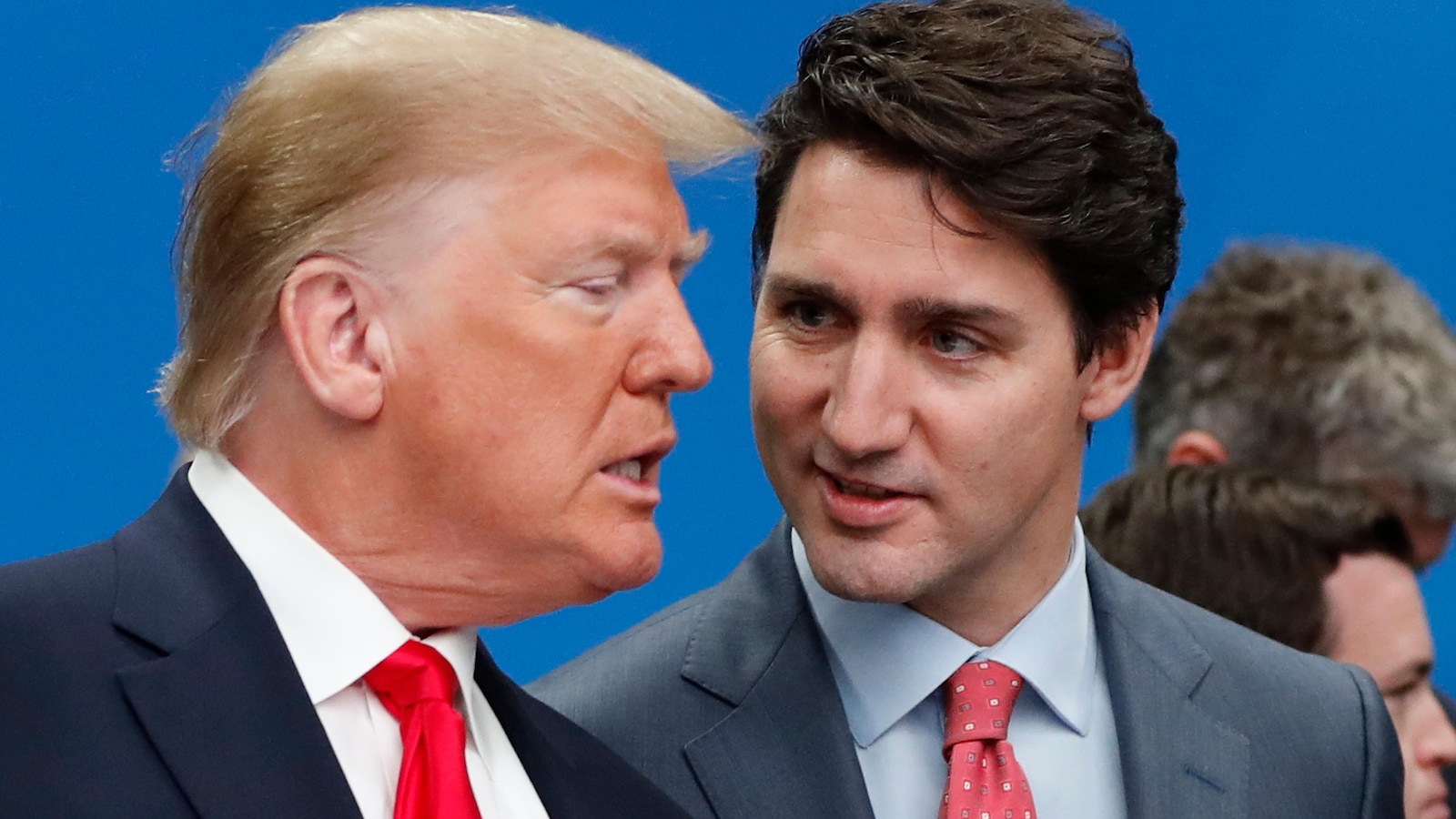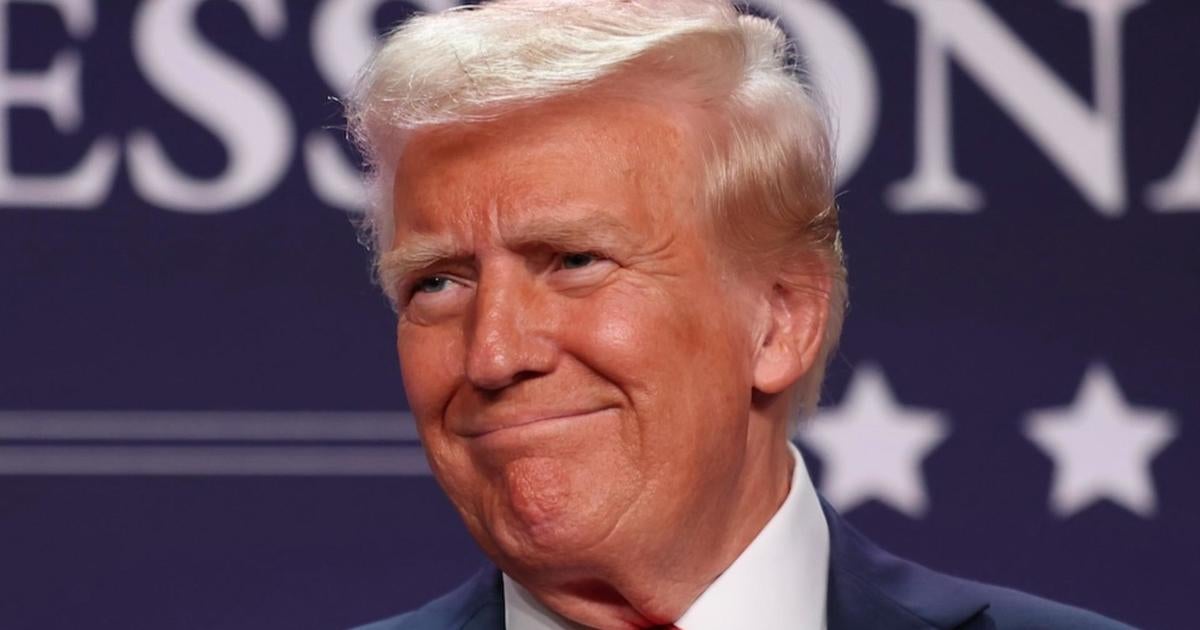Navigating Trade Tensions: Trump and Trudeau’s Strategic Dialogue Ahead of Tariff Deadline
As tariffs loom on the horizon, the economic landscape of North America hangs in the balance. The imminent deadline for new tariffs has prompted President Donald Trump and Prime Minister Justin Trudeau to engage in crucial discussions aimed at mitigating potential economic fallout. Their upcoming dialogue could reshape trade relations between the U.S. and Canada, two nations that share one of the largest trading partnerships in the world.
The Context of Trade Relations
The United States and Canada have historically maintained a robust economic relationship, with billions of dollars in goods and services exchanged daily. However, recent trade tensions have raised concerns about the future of this partnership. The tensions are largely fueled by Trump’s administration’s aggressive trade policies, which include imposing tariffs on steel and aluminum imports, citing national security concerns.
As the deadline for implementing additional tariffs approaches, both leaders recognize the necessity of strategic dialogue. For Trudeau, the stakes are high; Canada is a significant exporter to the U.S., and any tariffs could undermine its economy. Meanwhile, Trump faces pressure from domestic industries that argue for protective measures against foreign competition.
Key Issues on the Table
In their discussions, Trump and Trudeau are likely to address several critical issues that could impact trade relations:
- Tariff Reductions: Both leaders may explore options to reduce or eliminate existing tariffs, particularly those affecting steel and aluminum.
- Trade Balance: Addressing concerns about the trade deficit, Trump may push for measures that favor U.S. exports.
- Supply Chains: With the global economy increasingly reliant on complex supply chains, discussions may center on how to ensure the stability and efficiency of cross-border trade.
- New Trade Agreements: Both countries might consider renegotiating aspects of the United States-Mexico-Canada Agreement (USMCA) to better align their trade interests.
Potential Outcomes of the Dialogue
The strategic dialogue between Trump and Trudeau could lead to several potential outcomes, shaping the future of North American trade:
- Positive Resolution: A mutual agreement to lower or eliminate tariffs could restore confidence in the trading relationship and stimulate economic growth.
- Continued Tensions: If the talks fail, both nations may resort to retaliatory measures, escalating trade tensions and potentially leading to a trade war.
- Focus on Cooperation: Emphasizing collaboration on shared challenges, such as climate change and technological advancements, could lead to a broader partnership beyond trade.
The Impact on Canadian Industries
For Canada, the outcomes of this dialogue are particularly crucial. Key sectors like agriculture, automotive, and manufacturing could be significantly impacted by the decisions made in these discussions. For instance, Canadian farmers have already faced challenges due to tariffs on agricultural exports. A resolution that favors agricultural trade could alleviate some of these pressures, allowing Canadian farmers to thrive in the U.S. market.
Furthermore, the automotive industry, which relies heavily on cross-border supply chains, is another area where both leaders’ decisions will have far-reaching consequences. A stable trade environment is essential for the industry’s growth and innovation, especially as it navigates the transition to electric vehicles and other technological advancements.
U.S. Domestic Considerations
While Trudeau is focused on the Canadian economy, Trump must also consider the domestic implications of his decisions. American industries that depend on Canadian imports, such as construction and manufacturing, could face increased costs if tariffs remain in place. This could lead to higher prices for consumers and potentially slow economic growth.
Moreover, with the upcoming elections, Trump may need to balance the interests of his base, which includes both protectionist advocates and those who support free trade. Finding a middle ground that satisfies both factions will be a challenging but necessary task.
Public Sentiment and Its Influence
The public sentiment surrounding trade can sway political outcomes. Both leaders must navigate the complexities of public opinion, particularly in regions where trade is a critical issue. Canadian citizens have expressed concerns over job losses due to tariffs, while many Americans are equally worried about the impact on their industries. Engaging with constituents and addressing their concerns will be essential for both leaders as they approach this dialogue.
The Role of Global Factors
Global economic conditions will also play a significant role in shaping the outcomes of the Trump-Trudeau dialogue. The ongoing recovery from the COVID-19 pandemic has heightened the need for stable trade relations. Supply chain disruptions and inflationary pressures are evident across many sectors, making it imperative for both nations to work together to ensure economic stability.
Additionally, geopolitical tensions with other countries, particularly China, may influence the discussions. Both Canada and the U.S. may find common ground in addressing challenges posed by foreign competition while strengthening their own economic ties.
Conclusion: A Path Forward
The upcoming strategic dialogue between President Trump and Prime Minister Trudeau is not merely a discussion of tariffs; it represents an opportunity to redefine the U.S.-Canada trade relationship in a rapidly changing global landscape. By prioritizing collaboration and addressing mutual concerns, both leaders can pave the way for a more resilient and prosperous economic future.
The potential to enhance trade relations exists, but it requires open communication, a willingness to compromise, and a shared vision for economic cooperation. As the deadline for tariffs approaches, the world will be watching closely to see how these two leaders navigate the complexities of trade tensions, ultimately determining the trajectory of North American economic relations for years to come.
See more CCTV News Daily



